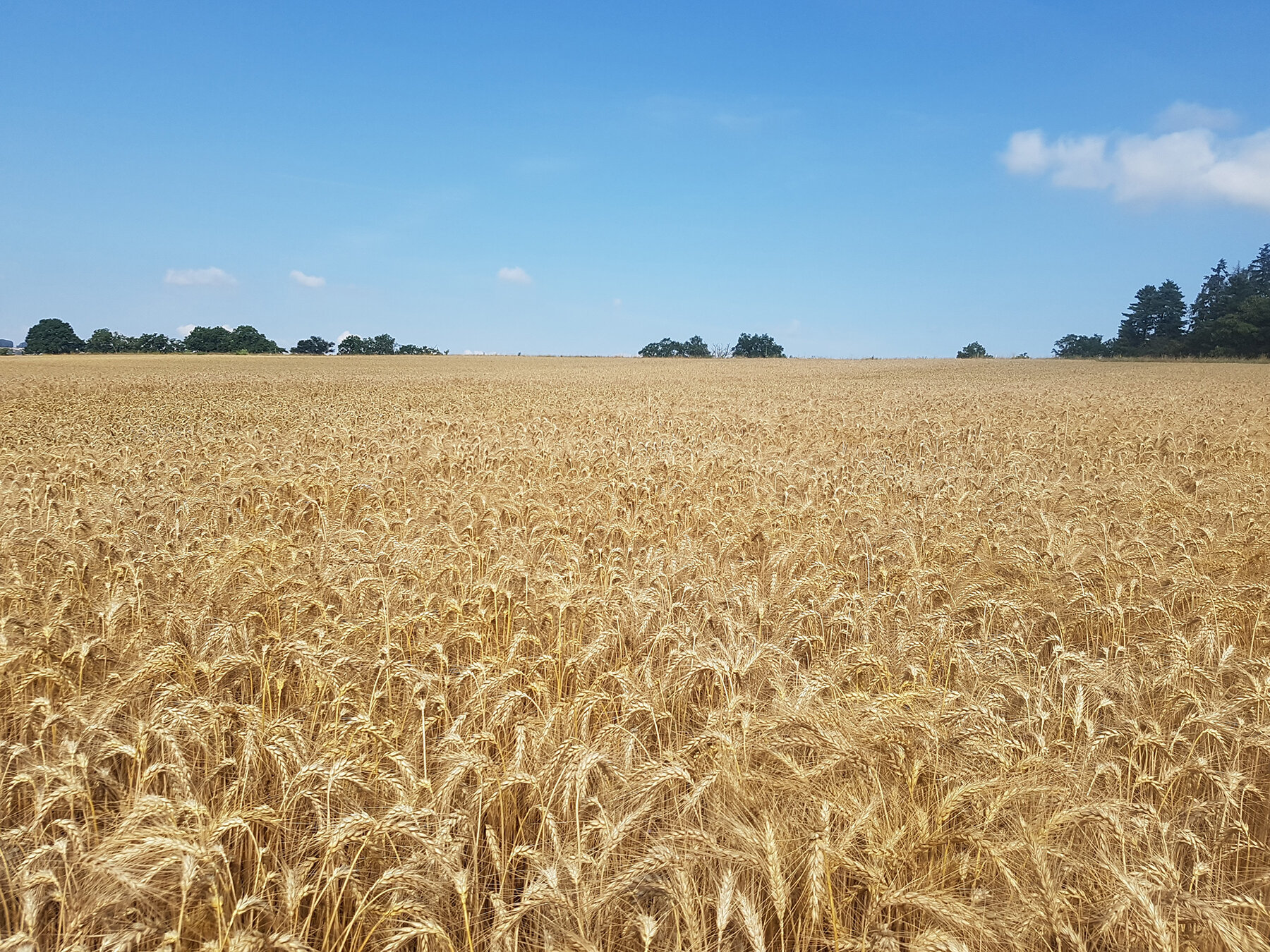Did you know that maize roots have a secret power? They release certain chemicals that can actually improve the quality of soil. And here’s the exciting part: when wheat is planted in the same soil after maize, it can increase the yield by more than 4%! This groundbreaking discovery was made by researchers from the University of Bern.
Plants are amazing. They produce special chemicals that can influence the quality of soil. This, in turn, affects the growth of the next plant in line. Surprisingly, not much research has been done on how these chemicals can be used to increase agricultural productivity. But now, researchers from the Institute of Plant Sciences (IPS) at the University of Bern have conducted field experiments to explore this potential.
In their study, published in the scientific journal eLife, the researchers found that specialized metabolites from maize roots can actually boost the yields of wheat when planted in the same soil. These chemicals, called benzoxazinoids, change the composition of microorganisms in the soil and have a positive impact on the growth of subsequent plants.
How do maize root chemicals affect wheat?
Previous studies had already shown that benzoxazinoids released by maize roots can influence the growth of other plants. But this new study aimed to test whether these effects occur under realistic agricultural conditions. The researchers conducted a two-year field experiment, growing two lines of maize, one of which released benzoxazinoids into the soil. They then planted three varieties of winter wheat in the differently conditioned soils.
The results were impressive. The excretion of benzoxazinoids improved germination, increased tillering, and ultimately led to higher crop yields. Not only that, but there were also fewer pests observed in the fields. This 4% increase in yield may not sound like much, but it’s a significant achievement in enhancing wheat yields without the need for additional inputs.
While the full impact of these findings on overall agricultural productivity and sustainability is yet to be determined, it’s clear that specialized plant compounds like benzoxazinoids have the potential to improve crop productivity. This opens up new possibilities for variety-specific rotations and more sustainable farming practices.
But how do these chemicals persist in the soil? The researchers found that benzoxazinoid-producing plants accumulate these chemicals and their degradation products near their roots. They also discovered that benzoxazinoids influence the community of bacteria and fungi in and on maize roots. However, soil nutrients remain unaffected. The researchers plan to further investigate the direct and indirect effects of benzoxazinoids on wheat growth through soil microorganisms.
The importance of soil properties
Soil properties play a crucial role in the success of plant-soil feedbacks. To explore this further, the research team conducted another two-year field experiment in a more heterogeneous field. They found that the composition of soil chemistry and microorganisms greatly influenced the effects of benzoxazinoids on wheat growth and resistance.
Understanding the relationship between soil properties and plant-soil feedbacks is essential for the future of sustainable agriculture. With continued research and exploration, we may unlock even more secrets hidden beneath our feet.








